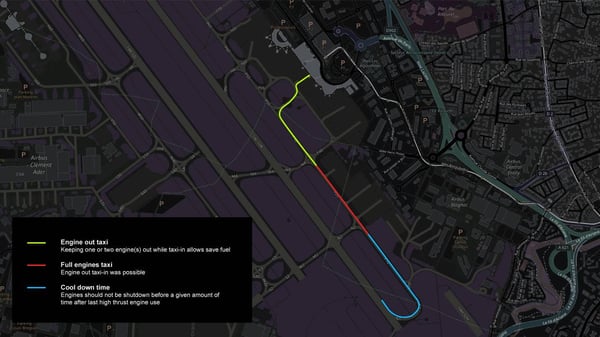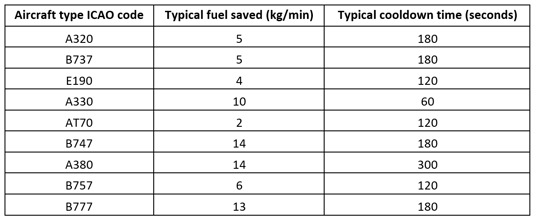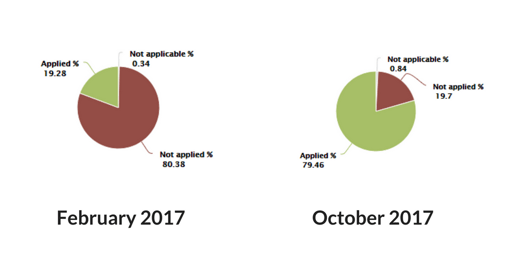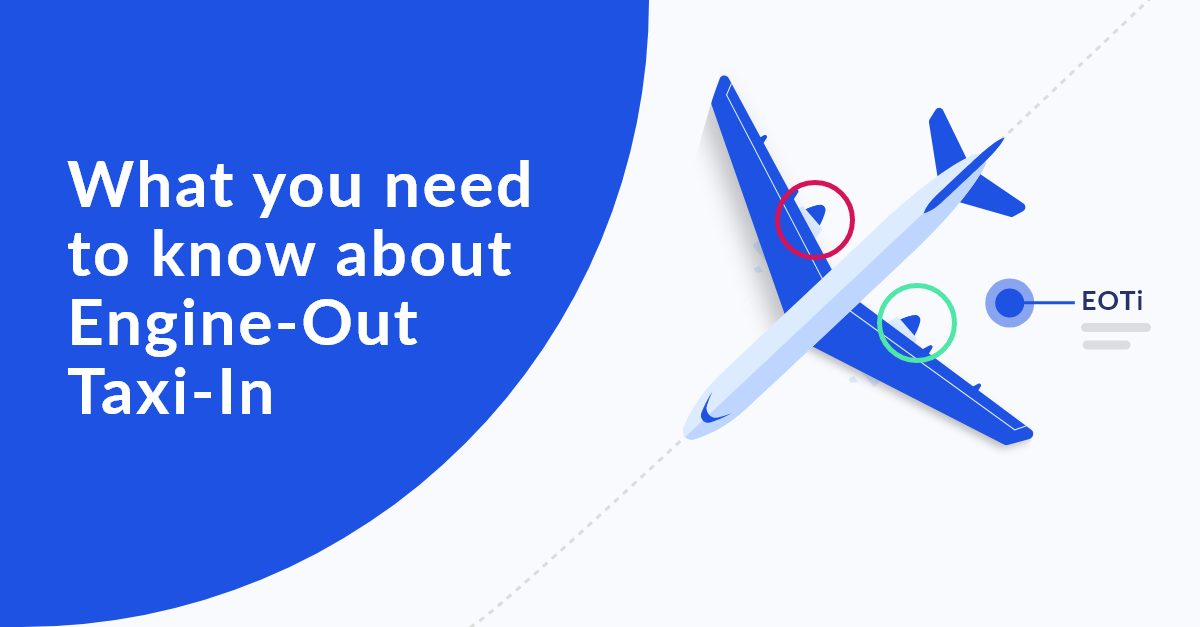What you need to know about Engine-Out Taxi-In (EOTI)
Pilots are the leading actors in improving fuel efficiency since many initiatives to save fuel must be taken during flights.
One of the most frequently used eco-flying techniques is engine-out Taxi-In (EOTI). It is also called Single-Engine Taxi-In or one-engine taxi, as written in the Airbus A320 flight manual.
This procedure can yield significant savings if applied regularly. Engine-Out Taxi is a more general term that also applies to aircraft with more than two engines.
|
Summary |
What is Engine-Out Taxi-In or Single Engine Taxi?
Engine-Out Taxi-In (EOTI) is a fuel efficiency initiative that can be applied during the taxi-in phase. Its principle is to perform the taxi with one or several engines shut down.
As EOTI, Single-Engine taxi consists of shutting down one of the two engines during taxi, while flying with a twin-engine aircraft (like the A320 or B737).
For three-engine aircraft (like the MD-11) or four-engine aircraft (like the B747 or A380), EOTI involves shutting down one or two engines, depending on the SOPs.
EOTI is performed during the taxi from the landing runway to the block. Another procedure called Engine-Out Taxi-Out (EOTO) deals with the taxi from the block to the takeoff runway.
|
To preserve engine life, it is very important to respect the engine cool-down time prescribed by the manufacturer before shutting down an engine. Consequently, Single-Engine Taxiing / EOTI is only applicable when taxi-in duration is longer than engine cool-down time. |

Figure 1: Engine-Out Taxi-In Best Practice
Benefits of Single-Engine Taxi for airlines
Wondering what are the typical fuel savings for shutting down one engine?
The chart below shows what are the typical fuel saved and the typical cooldown time, depending on the aircraft type:

Figure 2: Typical fuel saved and cooldown time, depending on the aircraft type
But remember the math of airlines fuel efficiency: multiplying small quantities by big numbers. This means that even the last seconds count.
Let’s take the example of a very short taxi, 3 minutes and 45 seconds, on an A320 or a B737 with an engine cooldown time of 3 minutes. You might consider that these 45 seconds don’t make such a difference.
Yet these 45 seconds of single-engine taxi represent 45 s x 4kg / min = 3kg on each flight.
If you operate a mere 30,000 flights/year.
The total saving would be 3 kg x 30,000 flights = 100,000 kg.
Safety and operational considerations before applying EOTI
Many pilots are reluctant to apply EOTI or Single Engine Taxi procedure, mainly for the following reasons:
- An uphill taxiway (for example, in Amsterdam-Schiphol airport)
- During the final turn, the fear of not being in the right way
- Overconsumption at the stops & go
- Runway crossings (engine should be shut down after having crossed the runways)
If you want to increase the Engine-Out Taxi-In application rate without compromising safety, here are some tips:
- First, provide guidance on how to perform EOTI and clear procedures that explain when to apply it or not
- Bring tangible facts about the feasibility conditions of single-engine taxiing at the different airports of your network. This aims to facilitate change management within the pilots.
- Communicate regularly with pilots to engage them and remind the procedure and its safety considerations.
- Empower pilots with a tool such as an EFB application using real-time data for assistance to pilots on Single Engine Taxi
The role of digital tools to enhance EOTI execution
Equipped with a digital assistant in the cockpit, pilots are helped to execute a single-engine taxi safely and straightforwardly. Below are some examples of EOTI application rates before and after implementing a digital assistant.

Figure 3 shows the impact of the Engine Out Taxi In initiative/practice for Viva before and after the deployment of SkyBreathe® MyFuelCoach and the pilot communication campaign that accompanied it.
>>> [Case study] Read more about fuel efficiency at Viva
If we take the example of Ukraine International Airlines: before using SkyBreathe® MyFuelCoach™, as can be seen in February 2017, less than 20% of Ukraine International Airlines’ pilots were using Engine-Out Taxi-In.
Using the mobile app, by October 2017, that had risen to nearly 80%:

Figure 4: Engine-out taxi in application from beginning of application
of SkyBreathe® MyFuelCoach™ application for pilots
>>> [Case study] Fuel management at Ukraine International Airlines
To sum-up
When operational conditions permit, many airlines have adopted a Single-engine taxi procedure as a standard. It is also a standard procedure for aircraft manufacturers such as Airbus and Boeing in the B737 and A320 FCOMs.
The main advantages of applying it are lower emissions at the airport level.
However, engine-out taxiing demands greater anticipation compared to all engines operating. To ensure safe and effective execution, EOTI must be thoroughly integrated, and flight crews must receive dedicated training.
EOTI represents a practical and immediate step toward more sustainable and efficient airline operations.
Originally published: Nov 15, 2018
Last update: Jul 17, 2025

Do you want to keep a data sheet about Single-Engine taxiing?
Download the extended version of this article:



